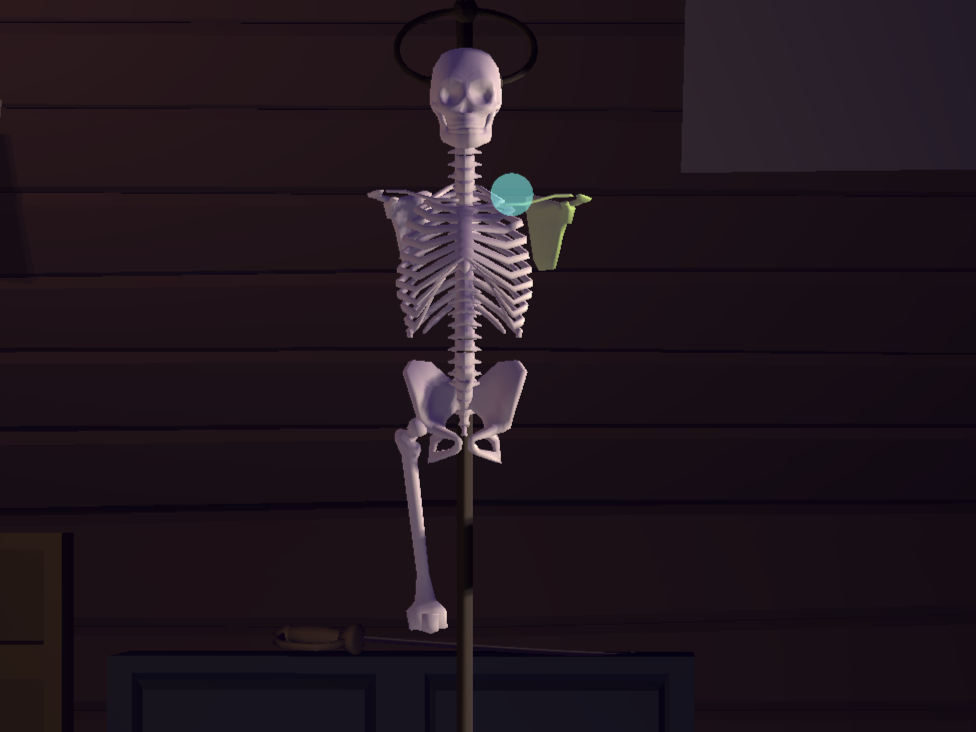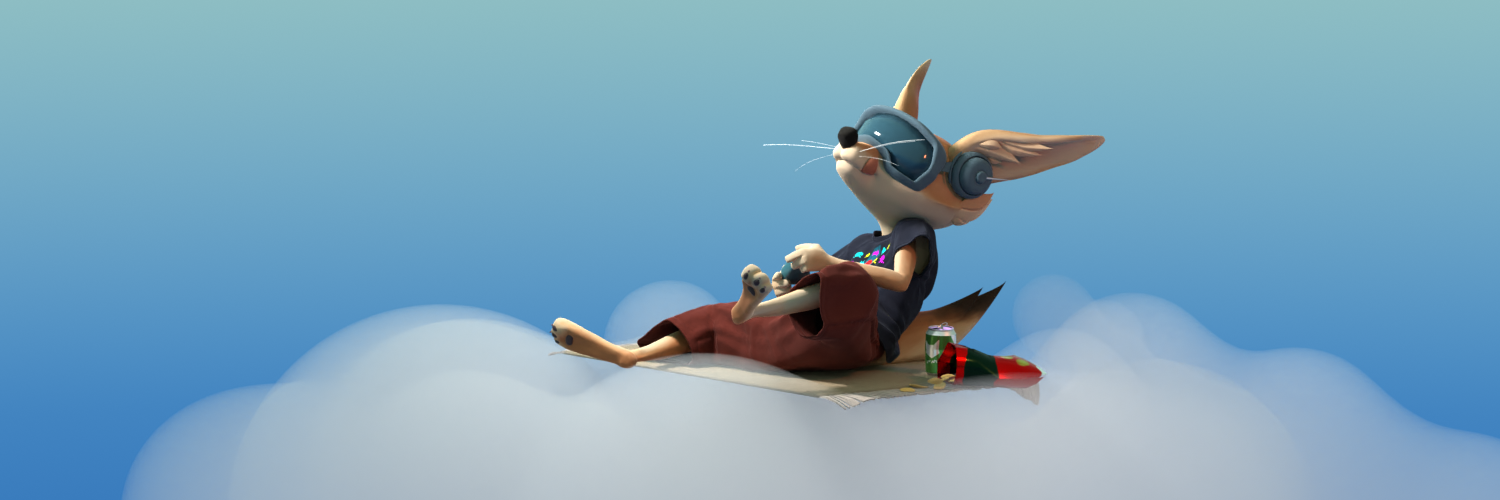Science
-
Tiny game #7: Ascent – my first game jam!
This is my submission for the GameDev.tv 2022 10-day Game Jam – first game jam ever. It’s been intense, but totally worth it! You can download a Windows executable (and the Unity source code, if you’re interested) at the above link, or play the game in your web browser by clicking on the image below: click on the image to open the game in a new window – webgl-enabled browser…
-

-
Pocket Observatory at Make Munich
Pocket Observatory at Make Munich! Slipped in at the very last minute, and probably had the tiniest desk in the hall. But the response was great, I am still totally overwhelmed by the positive response and all the enthusiasm. A huge THANK YOU to everyone who came over to check out the app on Gear VR! Nice people, great conversations, useful feedback, and even more ideas for future development. After…
-
Pocket Observatory released for Gear VR
On 3/16, Pocket Observatory has been released to the Oculus App Store for Gear VR! It has taken a lot longer than expected, but in the end, the additional iterations and feedback have improved the product tremendously. Of course, this is only version 1 – there are tons of additions on my list already, and I am open to suggestions 🙂 Here’s a link to the product page in the…
-
Venturing into social VR with Pocket Observatory!
The past few weeks I’ve been working away on a really exciting feature for the upcoming Gear VR version of Pocket Observatory: You will be able to invite a friend (on the Oculus platform) and start a voice chat beneath the stars! GPS coordinates are exchanged between the app instances, so players can visit each other’s GPS locations. This is currently under review, and will hopefully be up in a…
-
Educational VR molecules
Now that I’ve gained some experience with Virtual Reality and my astronomy app, I’m thinking educational software for VR could be a worthwhile field for future projects. So I’ve started tossing ideas about, one of which involves playing with molecules in a VR environment. Aspirin molecule
-
Pocket Observatory for Google Cardboard
Just finished and submitted the iPhone / Google Cardboard version of Pocket Observatory! It really paid off to use Unity – porting from Android with the Oculus SDK to iPhone with GoogleVR turned out to be really easy. Here are the quirks I encountered, might be useful to know if you’re embarking on a similar project: In Gear VR, system messages (e.g., asking for permissions) are displayed properly and can…
-
Pocket Observatory: wrapping up
Haven’t posted as many updates here as planned, because I was terribly busy finishing implementation. But I have started an Instagram channel (@pocketobservatory)and a Tumblr blog, just to share the IG posts to the web: pocketobservatory.tumblr.com Now it’s all about finishing materials for submission to the Oculus store, and setting up a landing page, etc. Coming soon!
-
Pocket Observatory: Finalizing!
Yes, I have decided on a name for my upcoming Gear VR astronomy app: Tadaa – Pocket Observatory! Seems it is getting to a decent stage… it’s hard to stop adding features when new ideas pop up every five minutes, but this all has to wait for future releases. Now, it’s all about polishing and optimizing! I found a really, really helpful guide to optimizing Gear VR apps on the…
-
The sun, the stars, the sky
Slowly, but steadily, it’s coming together. Since my upcoming stargazing app is also featuring a nice landscape and daylight, I am currently spending quite some time adjusting lighting and the complexity of the scene. After all, this has to run with a steady 60 fps on the Galaxy S6 with the Gear VR headset. Mind you, the scene is not complex by today’s standards, but hey, this is still a…
